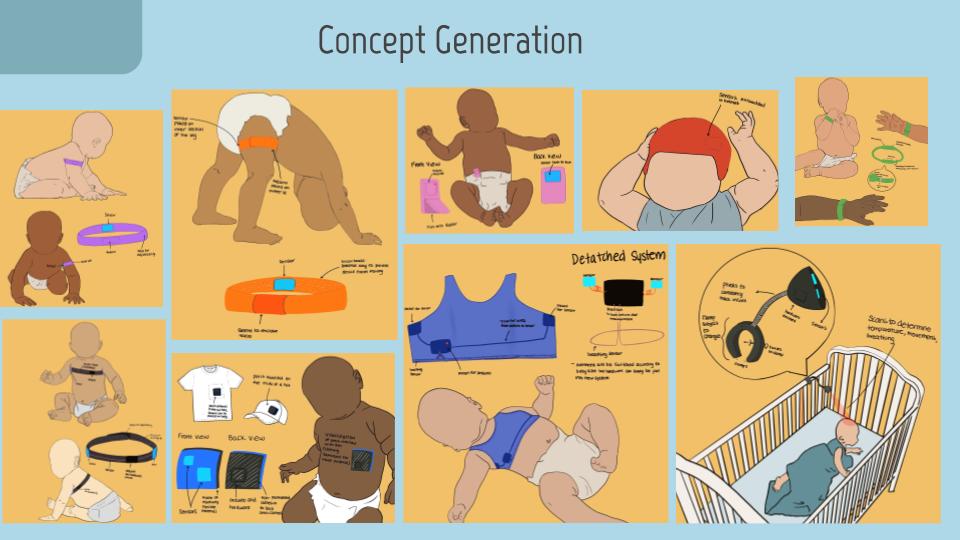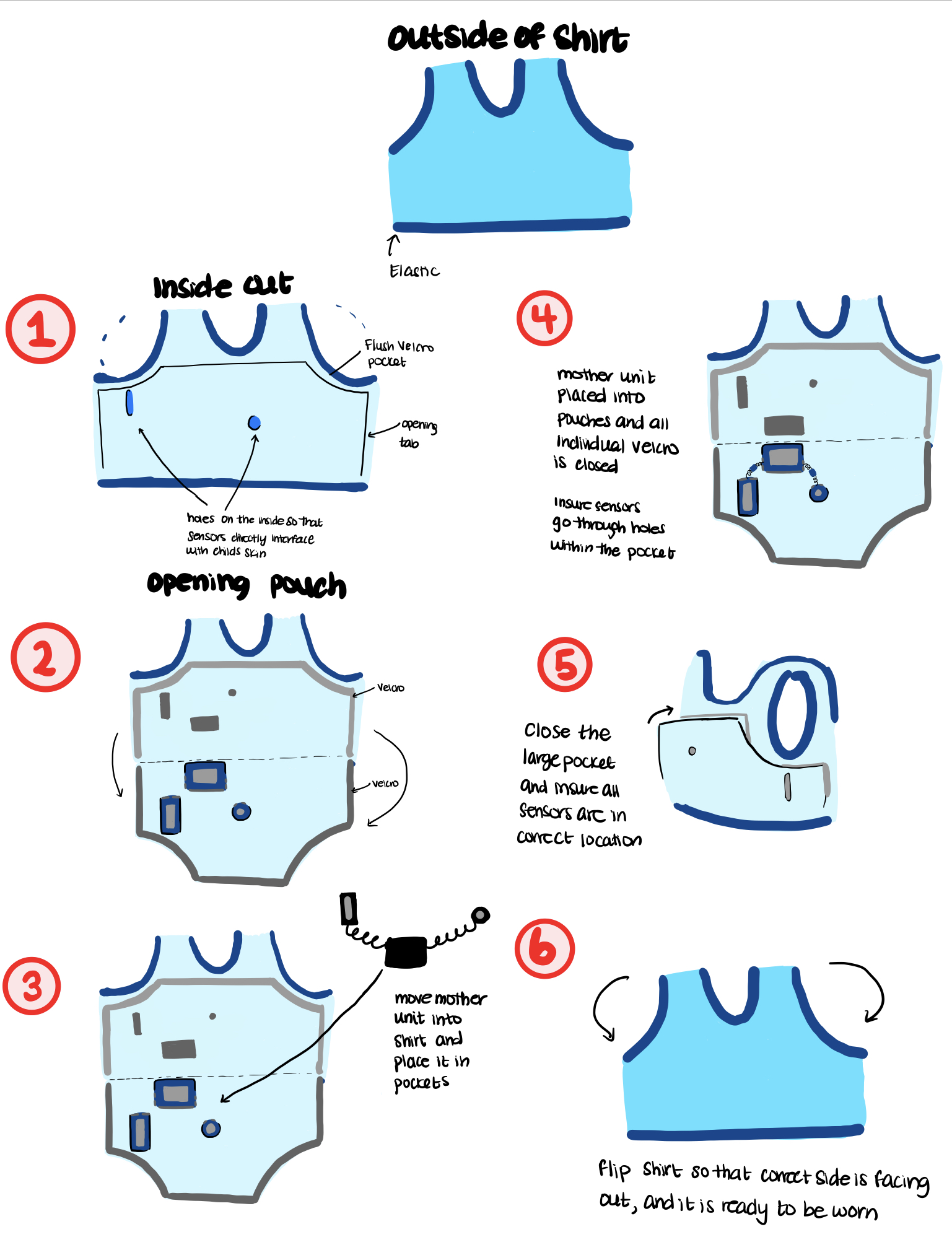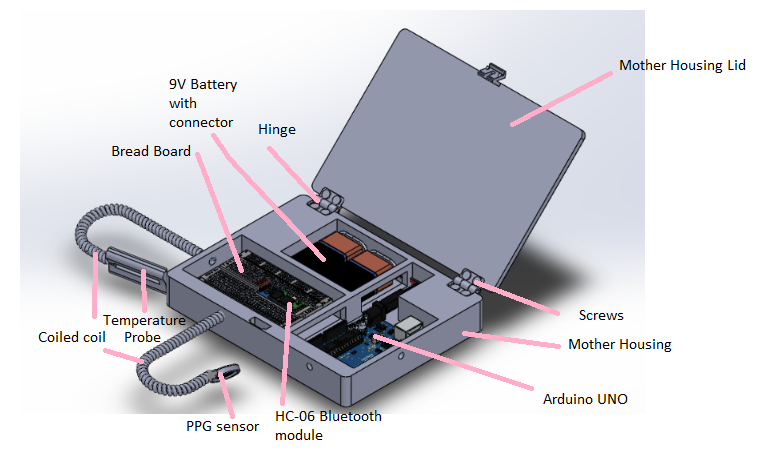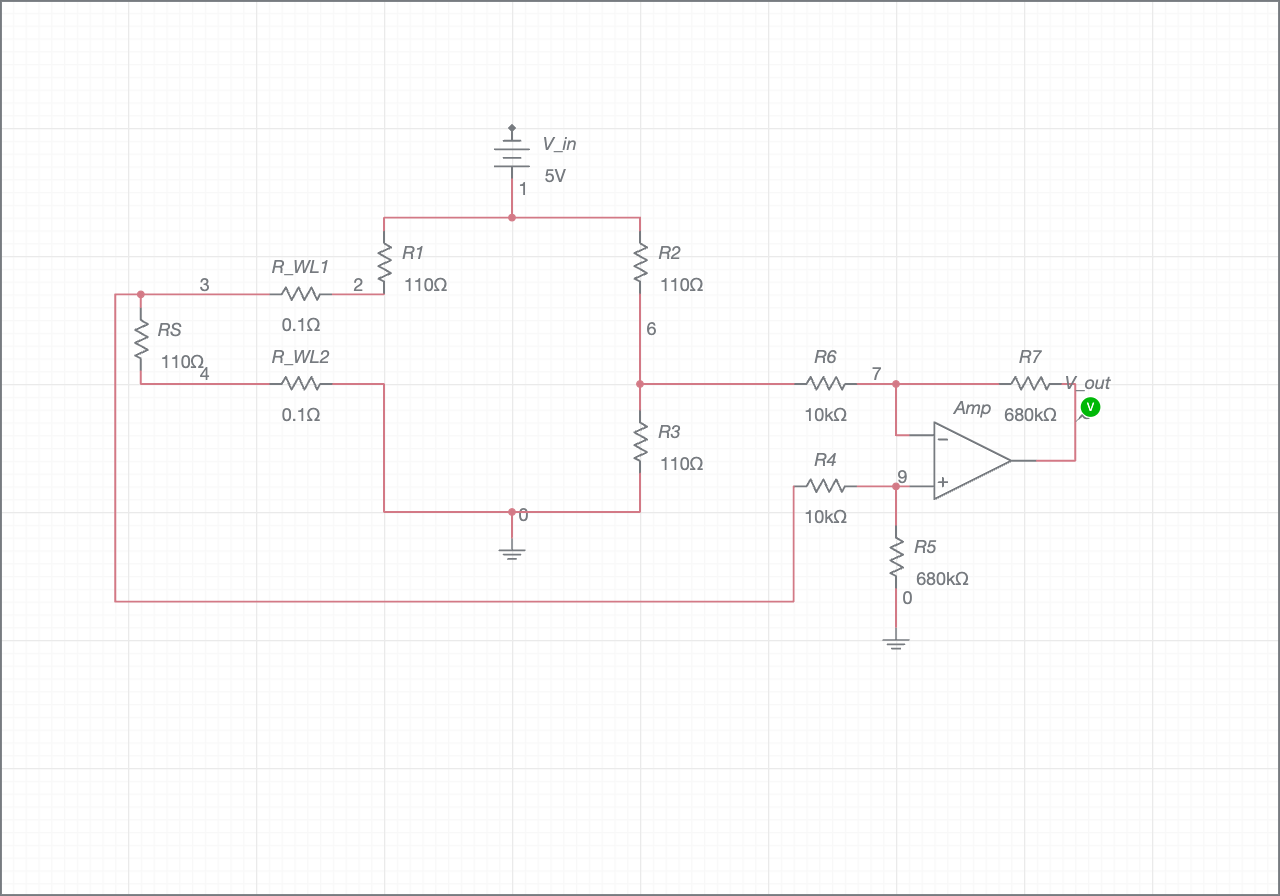Nick's Corner
.jpg)
Biomedical Engineering Student | Medical Devices & Bionic Prosthesis Enthusiast
Wearable Infant Sepsis Monitor
Background and Overview
Sepsis is a life-threatening condition, particularly in newborns, where the immune system's response to infection can escalate, leading to severe complications and high mortality rates. Despite medical advancements, early detection of sepsis in infants remains challenging due to limited symptom visibility. Our project aims to address this gap by designing a wearable device that continuously monitors vital signs associated with sepsis, alerting caregivers to early warning signs.
1.0 Project Goals
Our primary objective was to develop a sepsis monitor that:
- Detects early symptoms of sepsis through real-time monitoring.
- Provides reliable, continuous data collection
- Remains comfortable and safe for infants to wear
In collaboration with Dr. Calvin Kuo and Dr. Teressa Wu, we designed the monitor based on specific needs identified from healthcare professionals, market research, and caregiver feedback.
2.0 Needs Assessment and Specifications
Based on the initial needs-finding, we identified key requirements for the monitor:
- Ease of Use: The device must provide clear setup instructions and send understandable notifications.
- Reliable Monitoring: Monitor critical symptoms like temperature, heart rate, and respiratory rate.
- Safety: Ensures biocompatibility, compact size, non-interference with infant movement, and robust waterproofing.
We specified quantifiable requirements to ensure the device met usability, comfort, and safety standards, such as an 8-hour minimum battery life, durability against drops, and detection sensitivity of at least 75%.
3.0 Concept Development
The team brainstormed various wearable designs, including wristbands, chest straps, and stick-on devices. Each design was evaluated based on its:
- Accuracy in symptom detection: Temperature, heart rate, and respiratory rate sensors
- Comfort and adjustability: Appropriate for infants aged 0–1 year
- Safety and durability: Withstood common stressors like falls and water exposure

After testing initial prototypes, we selected a chest band concept for its balance of sensor coverage, stability on the body, and minimal movement interference.
.jpg)

4.0 System Specifications
A set of evaluation criteria guided our design iterations:
- Battery Life: Achieved 8-hour runtime to cover infant sleep periods
- Ease of Setup: Designed for setup under 15 minutes
- Durability: Ensured operational resilience after drop-testing from 37.5 cm (half an infant’s height)
- Adjustability: Adaptable to fit an infant’s growth over the first year
These specifications ensured the final prototype could withstand daily use and effectively monitor for early signs of sepsis.
5.0 Final Design and Implementation
Our final design includes a chest band equipped with embedded temperature, heart rate, and respiratory sensors, all encased in a waterproof, biocompatible housing. The device connects to a smartphone application that provides caregivers with real-time data, alerts, and instructions in case of symptom detection.


.jpg)
6.0 Lessons Learned and Future Work
Throughout this project, we learned the importance of balancing technical performance with user-centric design. Future work includes:
- Refinement of alert systems to reduce false positives
- Improvement in battery efficiency for extended wear time
- Long-term testing to enhance device reliability over multiple months of use



